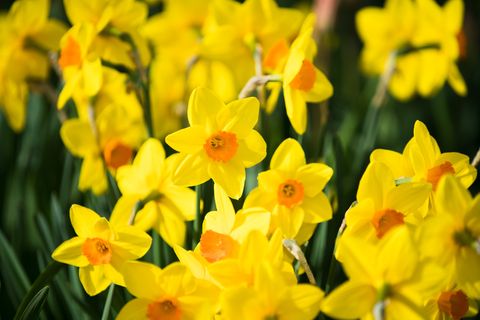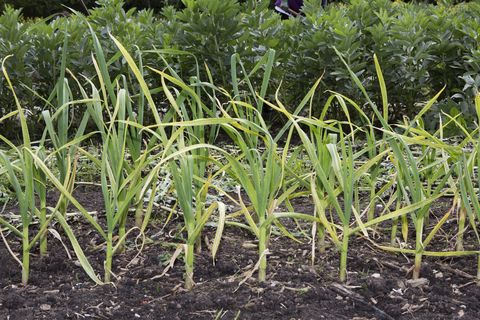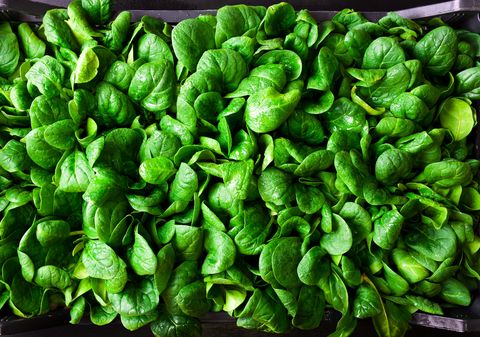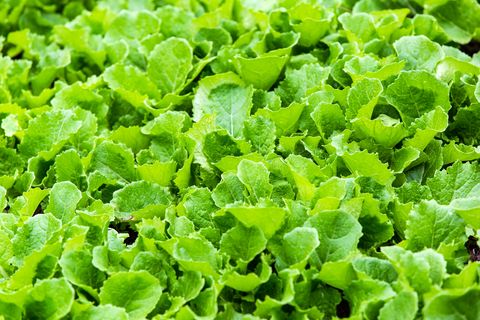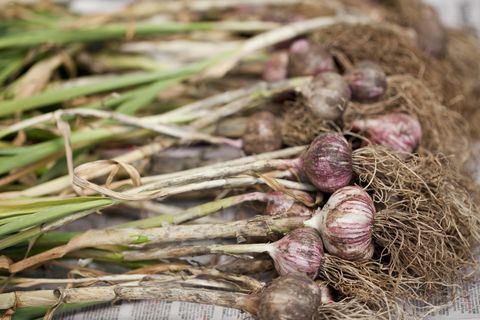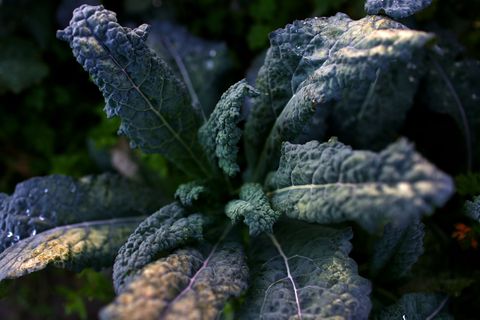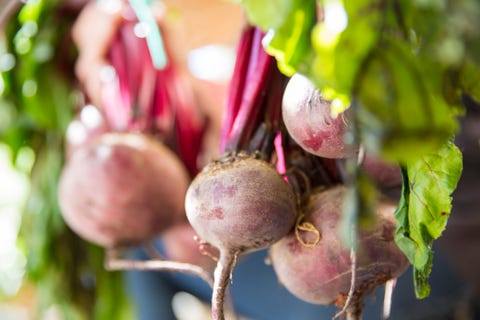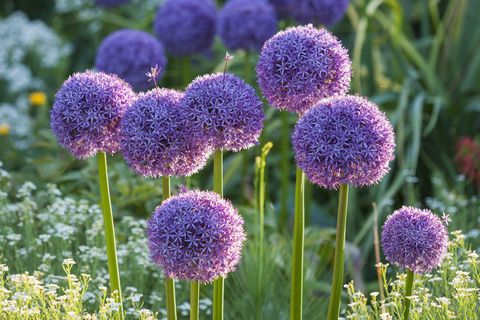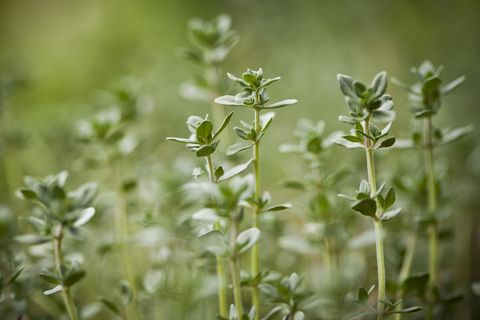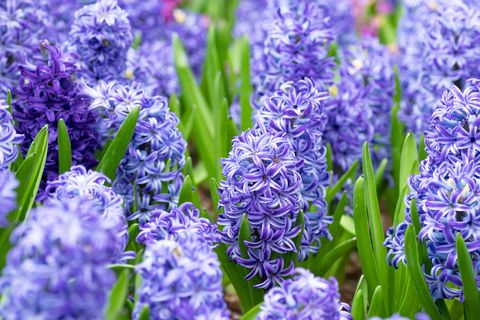12 Vegetables, Flowers and Herbs to Plant in Fall
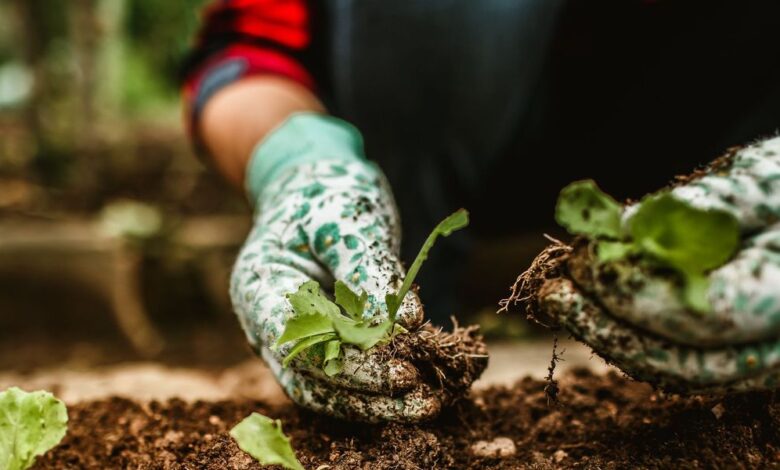
[ad_1]
Even though we are almost done with planting season this year, there is still time for several warmer regions of the United States to sow some seeds or plant transplants. Even though November isn’t the peak time to be planting, there are still lots of vegetables and flowers that can be grown that will be able to survive and yield a good harvest. So if you thought you ran out of time, look at this as an opportunity to add a few more plants to your garden this November!
Luckily, vegetables like kale and other greens are great to plant when temperatures drop; some even taste better as their leaves mature in the cooler weather. There are also flowers that can be grown from seeds and bulbs that are tolerable to frosts during the winter season, like Snapdragons.
Before you get planting, just make sure to check this USDA Hardiness Zone Map that determines which plants are more likely to thrive based on your region. And don’t forget to check out our list of vegetables, plants and herbs that you can plant in November to use as a guide for your fall gardening.
Snapdragon
These flowers love the cooler temperatures and are grown in milder climates. Its seeds can be winter-sown in the late fall and direct-sown a few weeks before the last frost. Once these flowers are established and their seeds are hardened off, they can withstand freezing temps — perfect for the colder months.
Daffodils
Daffodils are a bright yellow spring flower that you can plant as a bulb if the ground isn’t frozen yet. If you live in warmer climates, get these in the ground before it’s too late and watch them bloom in the spring!
Leeks
Fall is a great time to plant leeks if you live in warmer regions. You can start to plant your seeds indoors, then transfer them outdoors a few weeks before your last spring frost. To keep your leeks thriving, make sure they get sufficient sunlight and are watered frequently.
Spinach
An all-time favorite green to add to healthy smoothies, throw in salads and more. If you live in a place with mild winters, you can plant spinach in the fall once the ground is cool enough. After planting, make sure to water regularly and keep soil moist with mulching.
Mustard Greens
Mustard Greens are ideal to plant in the fall because they can take a light frost. If you supply steady water, these greens are fast growers — meaning you get add them to your dishes quicker! Mustard greens have a strong bite to them and can be eaten raw or cooked.
Garlic
The best time to plant garlic is in the fall, right before the ground freezes. Garlic grows its roots during the colder months, then it’s ready to harvest come summer. If you are planting during the cooler months, it’s probably best to go with a Hard Neck variety, which is suited better for chillier weather. Garlic is an extremely versatile allium to use in the kitchen so don’t be afraid to throw it in several of your dishes. Try our garlic butter salmon recipe when your harvest comes in.
Kale
In many regions of United States, Kale is best grown in the fall when it’s cooler because the leaves taste better when they mature in these temperatures. When it comes time to plant the kale, make sure to sow the seeds three months before the first frost. They are ready for harvesting when the leaves are the size of your hand. If you are not sure how to use all your leafy greens, add them to your dishes with these easy kale recipes.
Beets
If you live in warmer regions, you can plant beets in November or late fall for a winter harvest since they are tolerant to freezing temperatures. The ideal growing conditions would include fertile soil and at least six hours of sunlight per day.
Allium
Alliums, also known as ornamental onions, are flowers with a spherical bulb at the end of their stems. Although they look delicate, they are actually very tolerant to droughts and cold temperatures. Make sure to plant your alliums in slightly acidic soil and that they get a full day’s worth of sunlight.
Ornamental Cabbage
Although these look similar to kale, the plants are not edible and are for decoration in the garden. Once planted in the fall, they will most likely grow their leaves in the first year and produce flowers the following year since they are considered biennial plants.
Thyme
Thyme is a perennial that thrives in a sunny Mediterranean climate. These plants are very adaptable and can be planted at almost any time of the year in hardiness zones five to nine. If you are planting thyme in an outdoor garden, make sure that it will get plenty of sunshine; you can also plant indoors and keep in a sunny windowsill. They should also be watered occasionally, making sure that the soil is dry before your next watering.
Hyacinth
You’ll be glad you planted Hyacinths during fall so you can enjoy their delightful scents come spring. They are easy to grow from their bulb state; either in soil or in a bulb vase with water. Just be careful if you have any pets since they are toxic to them.
This content is created and maintained by a third party, and imported onto this page to help users provide their email addresses. You may be able to find more information about this and similar content at piano.io
[ad_2]
Source link


